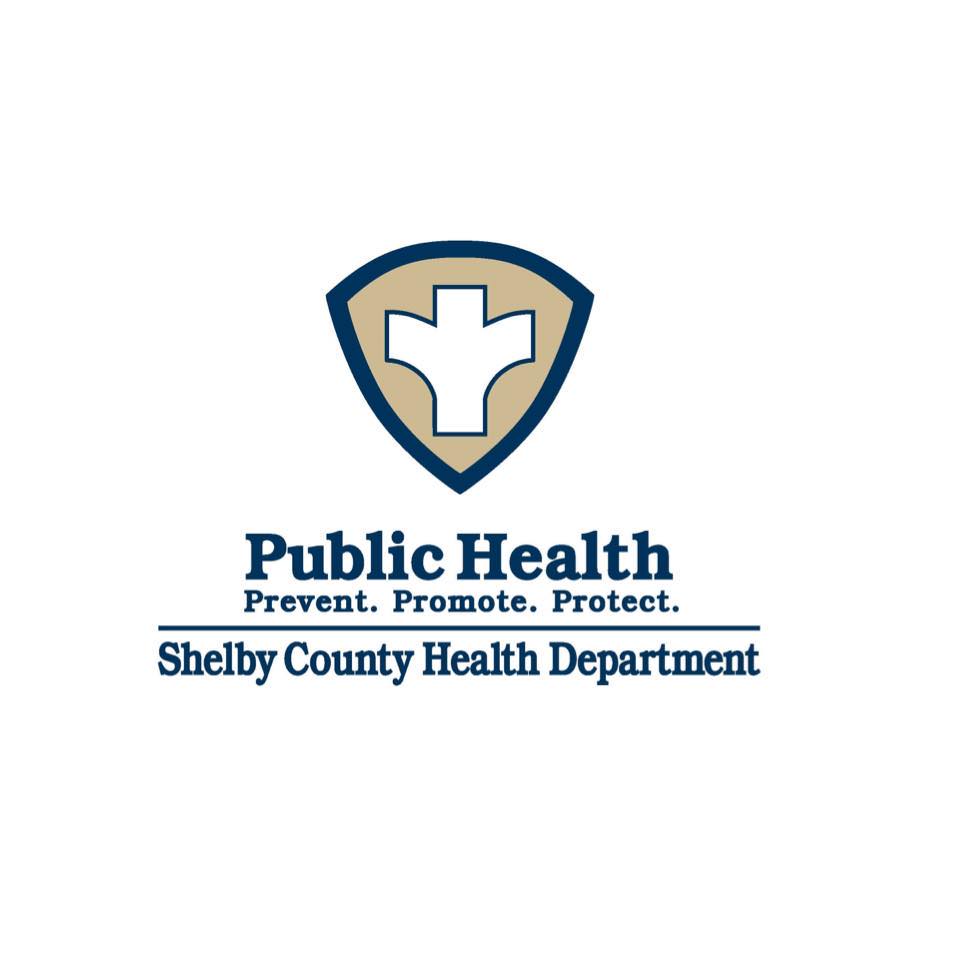The University of Tennessee Health Science Center’s College of Nursing recently announced a $2.6 million grant renewal that will serve “rural and underserved communities.” This is a renewal of a federal grant that was initially awarded in 2019.
According to the university, the Advanced Nursing Education Workforce grant was renewed by the Health Resources and Services Administration (HRSA). The grant will be awarded to 19 students in the following Doctor of Nursing practice programs:
- Nurse Midwifery
- Family Nurse Practitioner
- Psychiatric Mental Health Nurse Practitioner
“The goal of the four-year grant is to increase the number of nurse practitioners and certified nurse midwives, to serve underserved populations, increase diversity in the workforce, and train providers to address health equity and social determinants of health,” said the university in a statement.
Information provided by the Tennessee Justice Center (TJC) said “health equity is achieved when every person, regardless of race, income, education, gender, or other demographics, has access to what they need to be as healthy as possible.”
“The goal of health equity is to eliminate health disparities, such as higher rates of infant and maternal mortality, higher rates of chronic conditions, and lower life expectancy, that are prevalent for people of color and are not due to genetic predispositions,” said TJC.
Memphis and Shelby County have historically reported higher than average infant mortality rates. In 2022, the Flyer reported that while the Shelby County Health Department reported a 28 percent decrease from 2019 to 2020, the averages were still higher than the national average.
The grant also has “enhanced relationships with academic practice partners and rural clinics providing student experiences in rural and medically underserved areas; and provided telehealth training and supplies to rural areas.”
The Tennessee Department of Health considers Shelby County to be a partial county medically underserved area (MUA.)
Dr. Sarah Rhoads, a professor at UTHSC who is responsible for submitting the grant, said this funding will help students with tuition, books, fees, and travel to their partnering clinical sites. These sites include Regional One Health in Memphis, Java Medical Group, and Professional Care Services in West Tennessee. Students will also receive training in these clinics.
“The excellent thing about this program is we are going to develop close partnerships with institutions and ideally it will be a win-win for both,” said Rhoads. “We will make an impact on rural communities as well as underserved communities here in Memphis.”
Rhoads also said that, ideally, students who rotate in these rural health clinics and the “medically underserved areas in Memphis,” will work there when they graduate.


